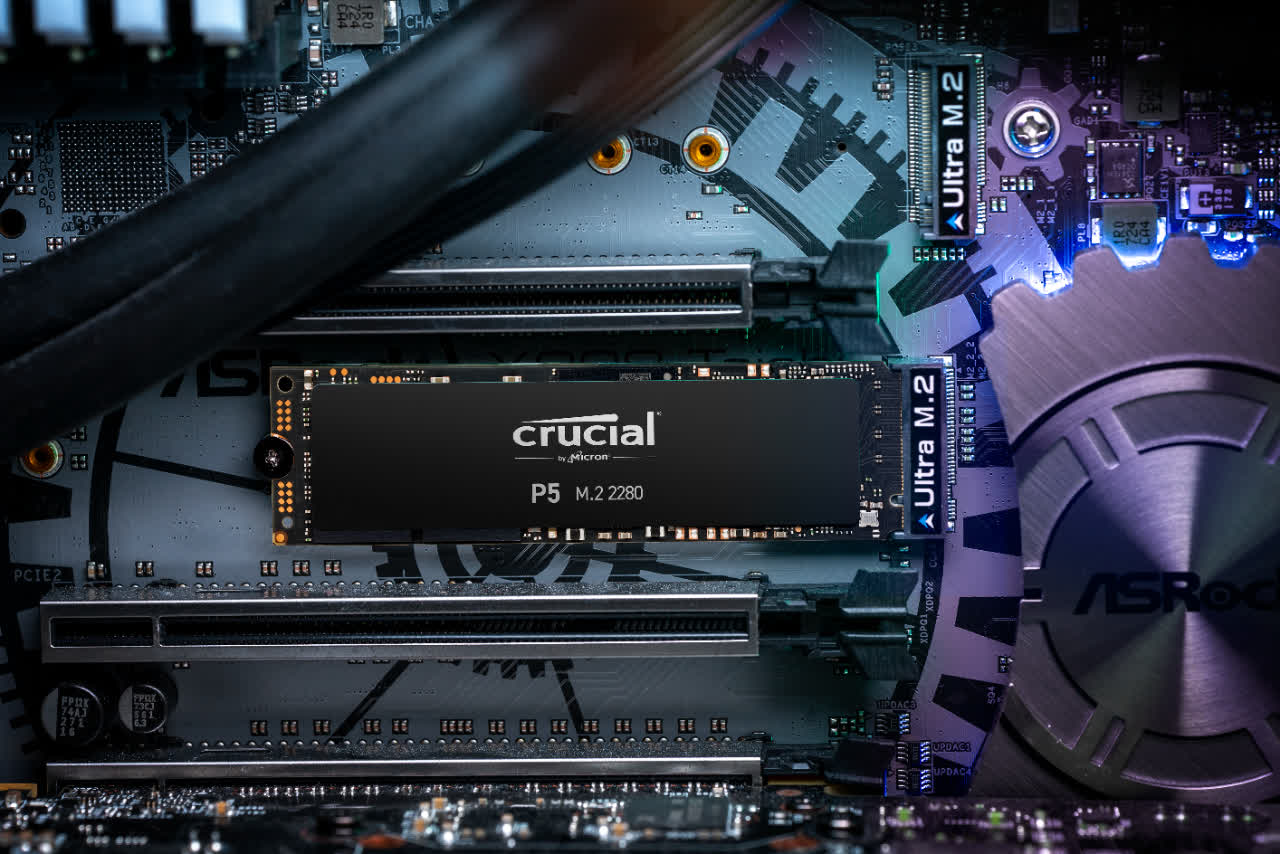Bottom line: Chia mining can lessen the lifespan of solid-state drives (SSDs) by writing more than 300GB in temporary data per plot. Buyers looking for deals on used hardware should be careful and ask the right questions when purchasing these used Chia plotting drives; otherwise, they could end up paying for a heavily used item with a severely reduced lifespan.
Chia, the recently introduced "green" blockchain aimed at reducing energy usage and credited with a drastic increase in storage costs, is once again making storage headlines for the wrong reasons. Following a continued drop in value, the coin's miners have begun leaving the network and liquidating their hardware assets to recoup costs. Some miners are advertising their Serial ATA (SATA) solid-state drives (SSDs) or M.2 non-volatile memory express drives (NVMEs) used to plot, or prepare, the proof-of-space consensus data as new and/or renewed. Buyers of these used Chia plotting drives should be extra cautious, as they may not get what they're paying for based on how Chia utilizes the flash storage of SSDs and NVMEs.
Unlike traditional proof-of-work consensus mechanisms, Chia instead relies upon a less intensive proof-of-space consensus mechanism to verify and validate transactions on the Chia blockchain. A fully prepared Chia farm uses less energy and resources than those farms mining currencies such as Ethereum and Bitcoin; however, the path to get there is not without some expenditure of energy and hardware resources.
A Chia farm consists of two major activities: farming, which is the act of making prepared plots available on slower storage volumes to verify transactions on the Chia network; and plotting, which leverages computing and storage resources to prepare the data sets used for proof-of-space consensus on the Chia network. Plotting requires more than 300GB of temporary free space per plot. This free space is typically allocated on dedicated SATA or NVME drives due to the speed at which plot preparation can be completed.

SSD and NVME drives measure endurance in a unit known as terabytes written (TBW), or the amount of total data that can be written to the drive. Some drives may be rated as low as 150 TBW, while others may exceed several thousand TBW. What does this mean for the used Chia-plotting drives? Even though they may be wiped and formatted, a heavily used plotting drive may leave the drive's buyers with a severely reduced lifespan. Each Chia plot prepared on an SSD or NVME drive reduces the overall lifespan by approximately 300GB. This same immediate concern does not apply to the HDDs used for final plot storage.
Understanding what questions to ask and what to look for can be key in buying these used Chia drives. Potential buyers can ask sellers to provide evidence of potential drive health by using tools ranging from CrystalDiskMark to proprietary drive software such as Samsung Magician or Crucial Storage Executive. Another good indication would be obtaining any information regarding how much plotting was done using the drive and reviewing that against the drive's factory-rated TBW.
At go-live, the Chia coin's value was north of $1,600. Since release, factors such as the state of the cryptocurrency market, ever-increasing Chia netspace, decreasing probability of mining success, and lack of viable coin exchanges have recently driven the price below the $220 mark. This reduction in value has been the primary driver for the abandonment and selloff for many solo and small hobbyist miners.
